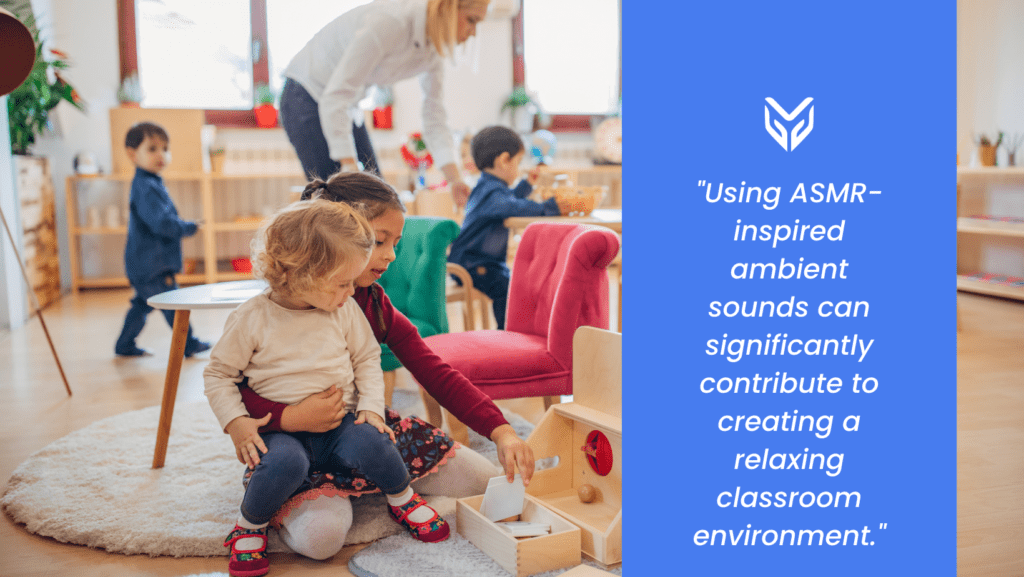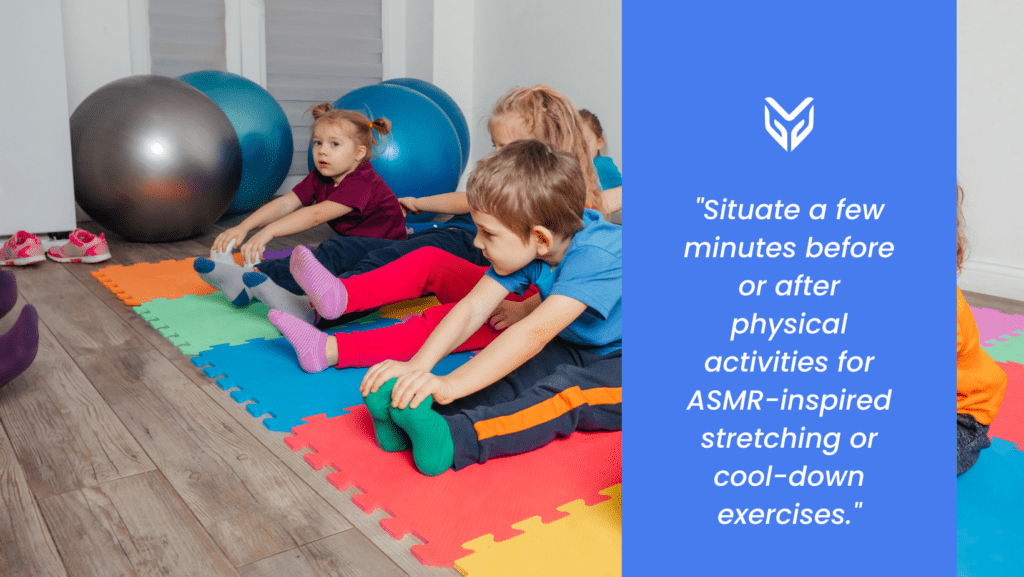NEWS
This Is How You Can Use ASMR in School

Autonomous Sensory Meridian Response (ASMR) has recently gained significant popularity as a soothing and relaxing experience for many. ASMR refers to the tingling sensation that people often experience in response to specific audio or visual triggers. While ASMR is commonly associated with relaxation and stress relief, its benefits can extend beyond personal use. This article will explore the various ways we can use ASMR in school to promote focus, creativity, and overall well-being.
The Benefits of ASMR in Schools
ASMR has the potential to enhance the learning environment by creating a calm and conducive atmosphere for students. It can help reduce stress levels, improve concentration, and foster a sense of well-being. By incorporating ASMR techniques in educational settings, teachers can create a more relaxed and engaging learning experience for their students. Let’s delve into some practical ways you can use ASMR in school.
Creating a Relaxing Classroom Environment
Setting the Mood with Ambient Sounds
Using ASMR-inspired ambient sounds can significantly contribute to creating a relaxing classroom environment. Soft background noises like gentle rain, whispering wind, or calming instrumental music can help students unwind and focus better. Playing these sounds during independent work periods or quiet reading time can create a serene atmosphere conducive to concentration and productivity.

Introducing Guided Meditation Sessions
Another effective way to incorporate ASMR in school is through guided meditation sessions. Guided meditations with ASMR elements, such as soft-spoken instructions, gentle tapping sounds, or soothing visual cues, can help students relax and clear their minds. Regular meditation has been proven to reduce stress, improve mental clarity, and enhance overall well-being. Allocating a few minutes daily for guided meditation can benefit students and teachers.
Sensory Stations for Relaxation
Creating dedicated sensory stations in the classroom can provide students with relaxation and sensory exploration opportunities. These stations can include stress balls, sensory bottles, fidget spinners, and textured objects for tactile stimulation. Students can visit these stations during designated breaks to engage in calming activities that promote focus and self-regulation. Including ASMR triggers, such as whispering pens or gentle soundscapes, can further enhance the sensory experience.
Fostering Creativity and Imagination
Incorporating ASMR in Art Activities
Art classes are ideal for incorporating ASMR techniques to stimulate creativity and imagination. Students can explore various art forms while simultaneously experiencing the calming effects of ASMR. For example, painting with gentle brush strokes or sculpting with smooth, tactile materials can induce a pleasant sensory experience. You can encourage students to share their observations and feelings during these activities, promoting self-expression and mindfulness.

Storytelling with ASMR Elements
Engaging students in storytelling activities enriched with ASMR elements can captivate their attention and spark their imagination. You can incorporate whispers, gentle page-turning sounds, or even visual triggers like hand movements to enhance the storytelling experience. These techniques can create an immersive environment where students are fully engaged, allowing their creativity to flourish. And you can do so with the help of EdTech to help with audio effects, projections, etc.
Promoting Well-Being and Focus
Incorporating ASMR in Physical Education
You can also seamlessly integrate ASMR into physical education classes to promote relaxation, focus, and mindfulness. Situate a few minutes before or after physical activities for ASMR-inspired stretching or cool-down exercises. These exercises can involve slow, deliberate movements, deep breathing techniques, and gentle background music to create a soothing environment. By incorporating ASMR in physical education, students can learn to relax their minds and bodies, fostering a healthier approach to exercise and overall well-being.

ASMR for Exam Preparation
Exam periods are often stressful for students, with anxiety impacting their performance. Introducing ASMR techniques during exam preparation can help alleviate stress and promote focus. You can provide students with ASMR playlists or recommend ASMR videos specifically designed for relaxation and concentration. Encouraging students to listen to this calming audio while studying can create a more serene and conducive environment, ultimately enhancing their learning experience.
ASMR in School for More Relaxed and Engaged Learning
ASMR in school offers many benefits that you can use effectively in the classroom. By incorporating ASMR techniques, you can create a more relaxed and engaging learning environment. From setting the mood with ambient sounds to introducing guided meditation sessions, ASMR can enhance students’ focus, creativity, and overall well-being. It is essential for educators to explore and embrace innovative approaches like ASMR to ensure the holistic development of students.
SOURCES
[1] The Benefits of ASMR in Education





